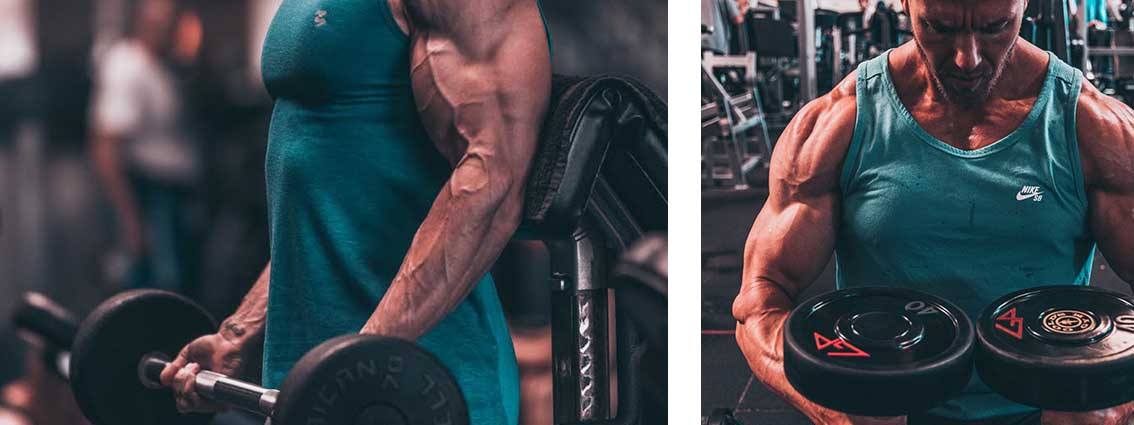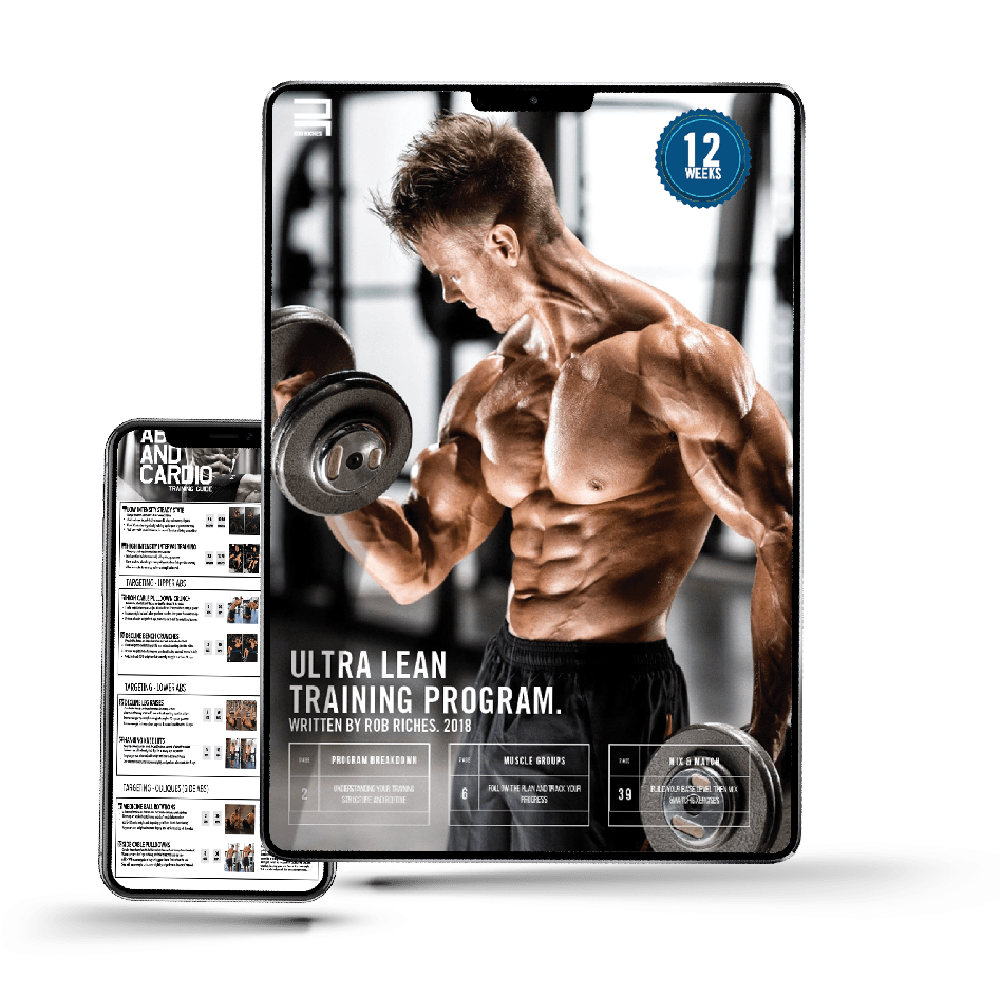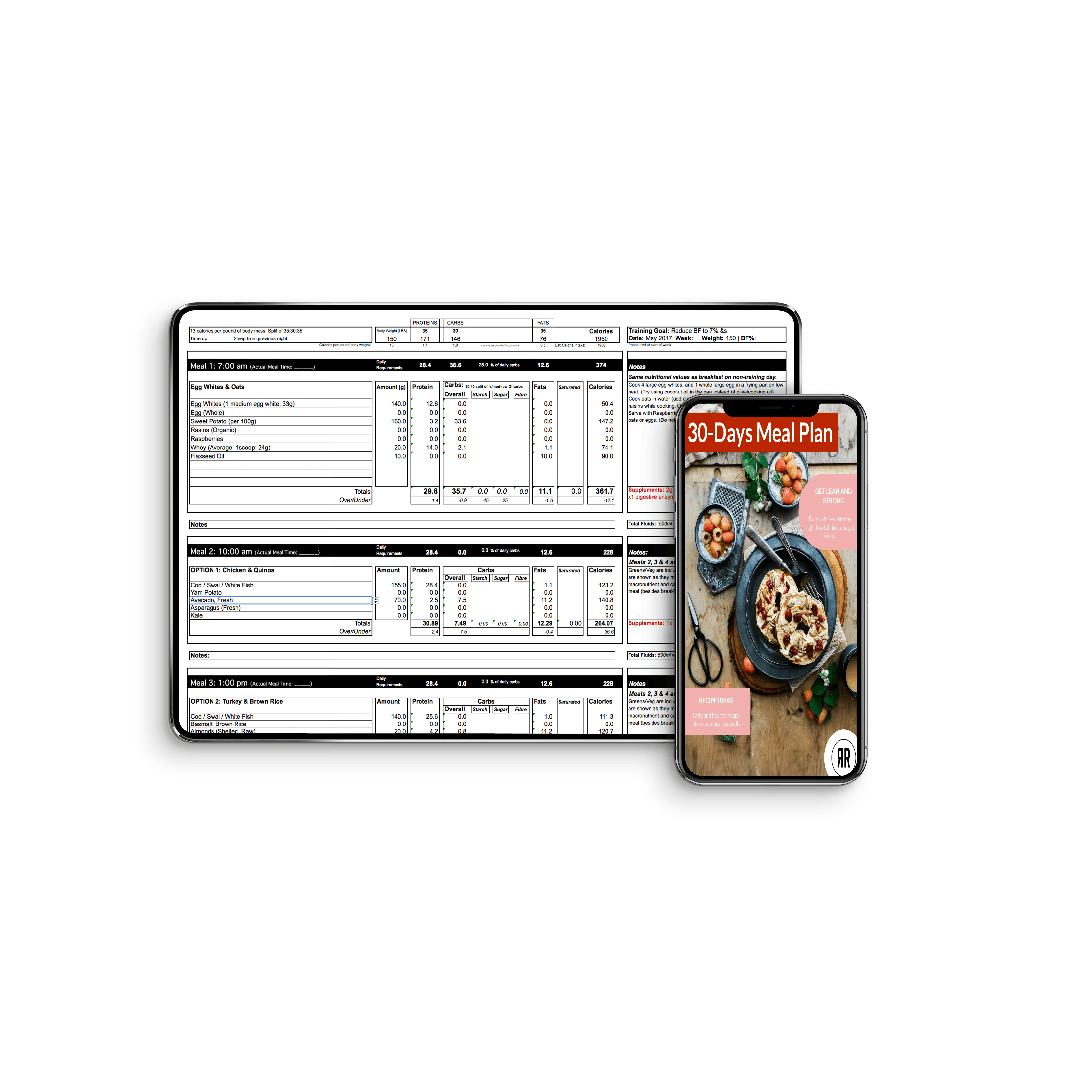Five of the most effective bicep exercises for bigger arms
June 15, 2018
Achieving a peak in my bicep was one of my very first goals even before I started weight training, but it wasn’t just mass and size that I wanted. I wanted them to look like they were chiseled from granite, with both bicep heads clearly defined. I had it all laid out in my mind.
My arms have never been massive. Even to this day, when compared to the rest of my body, they’re not huge. What makes them stand out is the conditioning and separation between muscle heads. I would stick to the basic foundation exercises of barbell curls and arm curl machines, and would experience some growth. It wasn’t until after my first year of competing when I began to incorporate more varied exercises for the arms that I really started to see them grow. I applied these same techniques of varied and modified exercises, along with different shocking principles and training methods into other areas of my training, and sure enough – my physique began to change. This post breaks down many of the key bicep exercises that I found to be the most beneficial toward my goal of bigger, harder, stronger arms.

← Have You Seen This?
In need of an extra boost to your training? Check out my free complete training guide and daily meal planner for support.
The Long & Short Of It
The Bicep is comprised of two main muscle heads: the long head (outer bicep), which gets worked when the arms are at the side of the body (standing barbell curls, seated dumbbell curls), and the short head (inner bicep), which appears to sit under the long head if you pose your bicep and flex. This gets worked most when the arms are in front of the body and supported (preacher curl, concentration curls). Ensuring that I was giving adequate attention to both muscle heads within my arm workout was key for developing not just bigger arms, but keeping balance and symmetry within them. The routine below does just that.
The Full Range
The biceps helps control the motion of two different joints, the shoulder and the elbow. The function of the biceps at the elbow is essential to the function of the forearm in lifting. Achieving a full range of motion when performing curls and other arm exercises will open the bicep heads out to their full length. This is important to achieve a full range of motion, but not to let the muscle go slack. You need to keep tension on the bicep head at all time, which usually means stopping just short of full extension at the arm (your elbow shouldn’t be fully locked out at the end of the rep).
As you shorten the bicep during the curl (concentric) phase, you should be consciously contracting the bicep, envisioning it working hard to pull the weight back up. At the top of the rep, squeeze the bicep as hard as you can for a split second, then lower the weight back down at a controlled descent, slightly slower than the lifting phase. This commitment to a full range of motion, and a conscious, mindful approach to every rep, helped paved the way for a growth spurt in my arms – even after a couple of years of competitive training.

Narrow, Wide, and Unilateral
The exercises below show the foundation my arm routine, along with the target sets and rep range. I would keep this fairly straight forward and simple, keeping 12 reps as my goal for each exercise, which meant over time – I would be seeing the strength and growth in my arms as I started to be able to lift more weight for the same repetitions. This was my unit of measure.
I wold start the exercise with everything centered (wrists, elbows, and my shoulders all in the same alignment), and perform a set with the heaviest weight I could manage, yet still feeling the bicep work throughout the full range of motion. Then for the second and third set, I would vary my elbow width (angled outwards, or tucked into my sides), with my grip width varied at the same time (narrow grip when my elbows were wide, and a wide grip when my elbows were tucked in). This simple variation would shift the emphasis of stress on the bicep heads, and give me a different feeling during each each subsequent set, even without changing the weight at all.
Don’t forget about performing some of these exercises as single-arm movements also. I’ll find one exercise each week where I’ll perform it as a unilateral movement, and in doing so, add a small outward rotation at the wrist (usually with dumbbell exercises).
Use Shocking Principles
I like performing my sets as straight sets – achieve maximum muscle failure, using the best form and technique that I can. But this I can only do once or twice in each set before I’m facing diminishing returns. That is to say, I can only lift my heaviest weight for the desired rep range for 1 or 2 sets. After that, my ability to move the same amount of weight starts to dwindle. It’s at this point that I’ll make use of a number of different shocking principles, such as a rest-pause, a drop-set, even negatives and forced reps (using the help of a spotter). Once I’ve reached my threshold with the heaviest weight for each exercise, I’m basically looking at using whatever other tactic I can to keep the intensity high on the biceps, and shock them in a way that I haven’t done so in a while.

Exercise 1
SEATED DUMBBELL CURLS
3 sets of 12 reps
Exercise 2
SINGLE ARM PREACHER CURL
3 sets of 12 reps
Exercise 3
INCLINE BENCH BARBELL CURLS
3 sets of 12 reps
Exercise 4
CONCENTRATION CURLS
3 sets of 12 reps
Exercise 5
HIGH CABLE CURLS
3 sets of 12 reps
2 Comments
Comments are closed.


you’re in reality a excellent webmaster. The site loading pace is amazing.
It seems that you’re doing any distinctive trick.
Furthermore, The contents are masterwork. you have performed a excellent process on this
topic!
It’s truly very complicated in this active life to listen news on TV, so I
only use web for that reason, and obtain the most recent information.